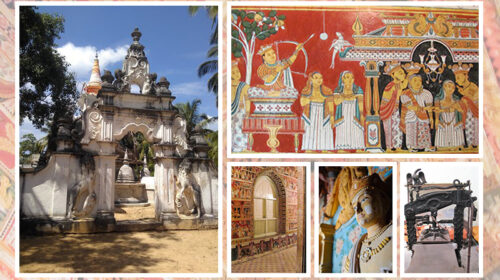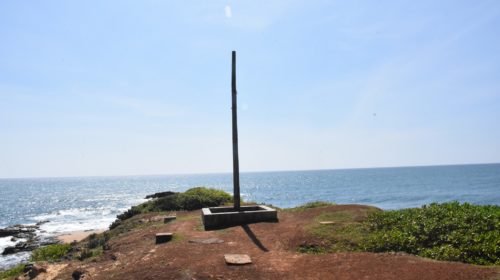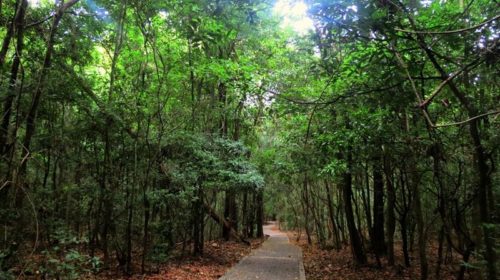Information on what happened in the two countries during the posthumous visit
Mihindu Thero’s visit to Ceylon
It was a day when individuals of this nation held water sports. Around 40,000 individuals, including the ruler, were hunting. Abruptly King Tissa pursued a deer and got sidetracked. Then, at that point, Mihindu Thero, Ittiya, Uththiya, Sambala, Bhaddasala, Sumana Samanera and Bhanduka Upasaka could be seen living on the highest point of the Ambastala slope which he calls “Tissa”. Afterward, subsequent to hearing lessons from Mahinda Thera, the ruler turned into a Buddhist. With the appearance of Mahinda Thera, the Kingdom of Sri Lanka turned into a Buddhist state. Prior to the appearance of Mahinda Thera, the nation had an odd culture. This article portrays the social circumstance in Dambadiva and the country around then
First Dhamma Conference
After the Parinirvana of the Buddha, the arrangement, conservation and development of the Buddha Sasana occurred based on the First, Second and Third Dhamma Sangayana. The main Dhamma Sangayana is a significant occasion throughout the entire existence of Buddhism. The prompt justification for holding this Dhamma Sangayana was the foul expression of an old priest named Subhadra. Addressing the appropriate bhikkhus because of the Buddha’s Pirinivan, the Subhadra Bhikkhu said, “Don’t lament, we are liberated from that incredible parsimony, presently let us accomplish something we like.” For this explanation, the principal Dhamma Sangayana was held for the future progression of the Buddha Sasana. In like manner, this Dhamma Sangayana occurred three months after the death of Lord Buddha. It was held under the support of King Ajasath at the Saptaparni Cave Gate in Rajagaha under the support of the incomparable Kasyapa Thero.
Second Dhamma Conference
The second Dhamma Sangayana was held 100 years after the principal Dharma Sangayana. It was the day of King Kalasoka. The justification behind this was the Ten Objects introduced by the Bhikku Division called Vajji. As per them, they are not akapa. Be that as it may, at the Second Dhamma Sangayana, which was started by Arahant Yasa, the ten articles and the ten akapa objects were named independently.
Around then King Ashoka and Dambadiva
Ruler Dharmasoka had a place with the Mauryan administration. Yet, before the administration of King Dharmasoka assumed control over the standard of Magadha, the Nanda line managed Magadha. Mahapadmananda is the precursor of this Nanda administration. He is otherwise called Uggasena. Mahapadmananda was an amazing lord. He controlled over every one of the realms from Magadha to Punjab. It is likewise referenced in certain engravings that he additionally vanquished Kalinga. It is right to say that he was the main head of India who vanquished an enormous piece of northern India. Pathmanathan was prevailed by eight of his children. The latter was Dhanananda. He was a contemporary of Alexander the Great, a Greek head. The Nanda tradition, which finished with Maha Nanda, was toppled and the Mauryan administration came to control.
In like manner, with the assistance of the popular financial specialist Kautilya Bamuna, King Chandragupta Maurya turned into the leader of Magadha. Around then, the Greeks attacked India. Yet, there Alexander the Great escaped from the Sindu River, overcoming Chandragupta.
Later BC. In 297, Bindusara, child of King Chandragupta, became ruler. Around then Buddhism and Jainism declined in India. Brahmanism was incredible in all regards.
Ruler Bindusara was prevailed by his child Ashoka. That was in BC. During the period 273-232, King Ashoka killed 99 of his siblings. Ashoka was a Jain by birth. Ruler Ashoka had five sovereigns, to be specific Vedisa, Karuvathi, Padmavathi, Asandhimithra and Thapatishyaraksha. Mahinda and Sangamitta were the offspring of Vedisa’s better half. Eight years after his blessing, King Ashoka vanquished Kalinga. An enormous number of individuals were killed in this extraordinary skirmish of Kalinga which occurred to overcome the place that is known for Kalinga.
Ruler Ashoka became known as Chandashoka because of the passing of 99 siblings and the incredible slaughter during the Battle of Kalinga. The Battle of Kalinga was King Ashoka’s last fight. After that Digvijaya started to follow. Rather than war drums, Dhamma drums were played. He was first known as King Chandashoka and from that point on he became Dharmasoka and changed over to Buddhism.
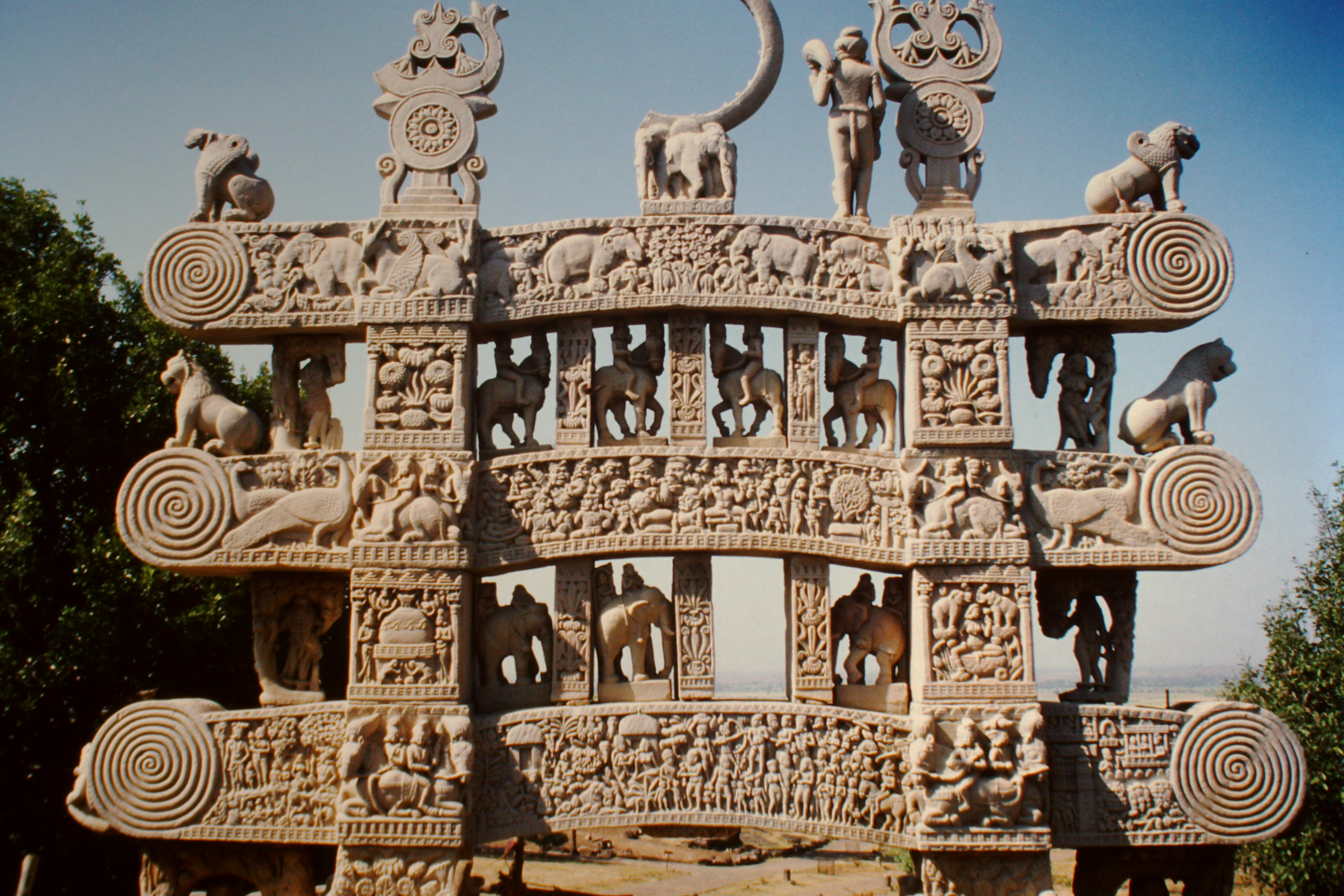
Motivations to accept Buddhism
Conversation with Upavattana Thera

Ashoka Pillar – Dharmasoka Reign Emperor Dharmasoka the Great, who vanquished Kalinga, was headed to Pallup. The sound of the drum shook the entire spot. Individuals bowed and gave recognition to King Dharmasoka, who was riding on a pony. In the interim, the lord’s eyes got one of the priests, who was pleased and didn’t bow his head. The lord inquired as to why he was not being treated with deference. Nor is it a long triumph. If we win, Dharmavijaya should win. ”
Upagupta Thero said that there is an assessment in history that King Ashoka heard this and accepted Buddhism.
Meeting with Nigrodha Thero
Despite the fact that Kalinga had won, the sorry ruler watched out of the window. Then, at that point, the learners en route to Upasantha Mawatha got the lord’s attention. Lord Sapuwa Asoka gathered the Nigrodha amateurs to the castle and occupied with discussion. One more view is that King Ashoka was intrigued by Buddhism. History books likewise express that the Nigrodha fledglings were the children of King Sumana, the sibling of King Ashoka.
Meeting with Thero Moggaliputta Tissa
One day King Ashoka had the chance to have a discussion with Moggaliputta Tissa Thero. There is one more assessment that King Ashoka was drawn to Buddhism. It is trusted that at least one of these reasons referenced in different engravings in different books of history might have affected the transformation of King Ashoka to Buddhism.
Third Dhamma Conference
A long time after the annihilation of the Buddha. The Third Dhamma Sangayana was held at 235 km. Because of this third Dharma Sangayana, King Ashoka and his child Mihindu Thero and his girl Sangamitta Theraniya were occupied with minister work. Ruler Dharmasoka sent Buddhism to nine nations including Sri Lanka, Burma, Cambodia and Thailand. History expresses that Mahinda Thera climbed from the Vedasagiri Vihara to Chethiyagiri in Sri Lanka with an incredible message.
Ruler Devanampiyatissa and Sri Lanka
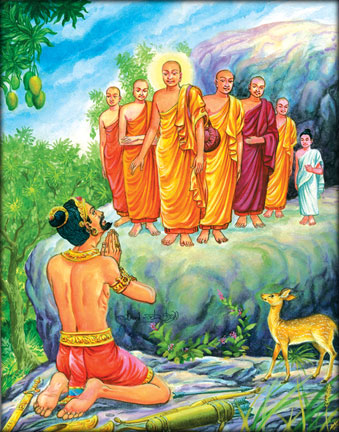
Mihindu Thera’s visit to Ceylon During the reign of King Dharmasoka in India, King Devanampiyatissa administered over the adjoining realm of Sri Lanka. Devanampiyatissa was a child of King Mutasiva. After the destruction of King Mutasiva, Prince Tissa turned into the King of Ceylon. Lord Tissa was known as “Devanampiyatissa” in the feeling of being satisfying to God. Lord Ashoka of Dambadiva around then and King Devanampiyatissa of Lakdiva were inconspicuous companions. Their companionship started when Prince Aritta, a child in-law of King Devanampiyatissa, and his escort went to King Ashoka and gave him gifts from the King of Ceylon.
Around then Lakdiva was rich to the point that Sri Lanka had the absolute most uncommon and most significant fortunes on the planet. Ruler Tissa had the option to present to his companion numerous significant fortunes that even a head like Dharmasoka had not seen or known about. Among them were many pearls, Gaja pearls, eight sorts of pearls, Indunil diamonds, ocean side jewels, Piumira pearls, Latha staffs and Shakuna staffs. It was King Asoka’s regal request to “take shelter in the gem of Buddha, Dhamma and Sangha” and become a Buddhist enthusiast. Lakdiva Buddhism was set up after that recorded occasion.
Convictions and convictions of the day
Yaksha love
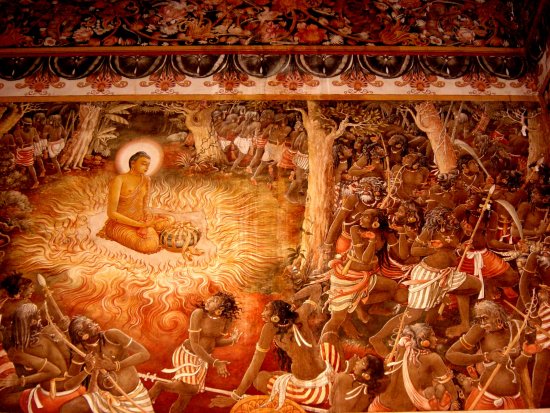
The Mahavamsa says that the excursion of the Buddha to Ceylon – Kelaniya Yaksha love traces all the way back to the times of King Pandukabhaya. There are numerous accounts related with these devils.
Proof: King Pandukabhaya’s mom, Chittarawa’s two slaves (Kalavela and Chittaraja) were killed by her siblings. Rumors from far and wide suggest that the two later became evil presences and were secured by King Pandukabhaya. Afterward, King Pandukabhaya constructed a sanctuary for these two evil presences. The servant of King Pandukabhaya’s mom was conceived an evil presence in the afterlife. Lord Pandukabhaya additionally constructed a sanctuary for her. Around then there was a reference to a Yakinni named Chethiya or Walamamukhi. Her significant other was a Jutindhara. He lived in Dumbarakgala or Dimbulagala. The evil spirits were quelled during the Buddha’s first visit to Ceylon. Today it is accepted that these evil spirits are a gathering of fallen angel loving clans.
Love of nature and faith in God
Buddha’s visit to Ceylon – Kelaniya
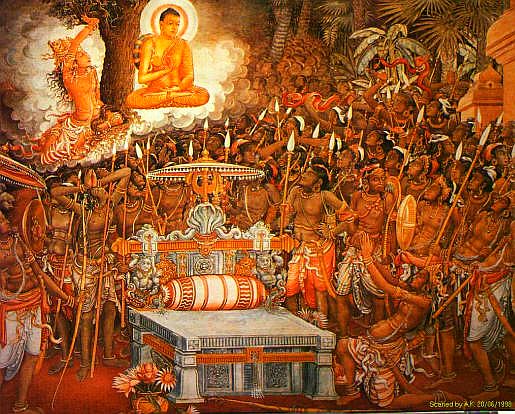 Around then the Nuga tree and the palm tree were revered. It is said that in the times of King Pandukabhaya, Vaishavana, Satan, lived in a Nuga tree, and that a Vyada or Vedda god lived in a palm tree. It is said that individuals who earned enough to pay the rent from hunting in those days trusted in this illness god. Around then, there was a sensation of dread among individuals about the large trees like Nuga and Na. Subsequently, it was standard to venerate this tree during a pandemic or when one required something.
Around then the Nuga tree and the palm tree were revered. It is said that in the times of King Pandukabhaya, Vaishavana, Satan, lived in a Nuga tree, and that a Vyada or Vedda god lived in a palm tree. It is said that individuals who earned enough to pay the rent from hunting in those days trusted in this illness god. Around then, there was a sensation of dread among individuals about the large trees like Nuga and Na. Subsequently, it was standard to venerate this tree during a pandemic or when one required something.
The most well known divinity around then was Vabhidha or Vedda. There was likewise a divine being named Kammara. He is the divine force of industrialists. Aside from this, there was a divinity accountable for the entire island of Ceylon.
The religion of Brahman
Vijaya and other people who set up Aryan settlements in Lakdiva around then were likewise Brahmins. Upatissa who accompanied Vijaya was a Brahmin named Upatissa who constructed the town. Pandukabhaya took in the art from a Brahmin named Pandula. Referenced.
Cobra confidence
The Mahavamsa states that the Naga tribesmen met during the second and third excursions of the rulers of Ceylon to Ceylon. The Mahavamsa states that there was a conflict between the snakes. Ruler Maniakkhitha Na, who heard the lessons of the Buddha, welcomed the Buddhas to visit Ceylon for the third time. At that greeting, the Buddha visited Ceylon for the third time. They were known as the Naga clan since they venerated the Nagas. Pictures of snakes can be found in Buddhist and Hindu carvings.
Jainism
This Jain religion additionally existed during the rule of King Pandukabhaya. Lord Pandukabhaya assembled living spaces for the Nigantas called Jothiya and Kumbhanda. Lord Walagamba was otherwise called Giri. The Mahavamsa states that King Walagamba broke the cloister of this Giri Nigantha and assembled the Abhayagiri. From this obviously there were individuals in Ceylon who rehearsed Jainism. It is accepted that there may have been Jains among Vijaya’s kin who came from northern India.
Moderates
The patriarchs invested their energy heading out from one spot to another. The artists are devotees of Makhali Gosala. He made a religious community for the patriarchs and a house for the residing. Around then there were many individuals in the pretense of monks. Sovereigns Panduwasdev and Bhadda Kachchayana came to Ceylon in the pretense of patriarchs. This was because of the way that patriarchs were worshipped in Ceylon around then.


